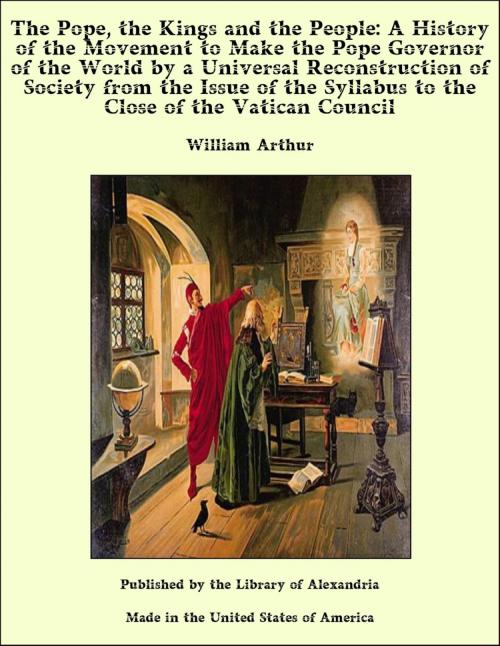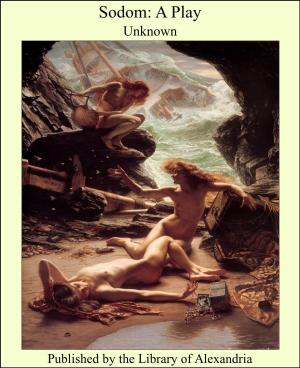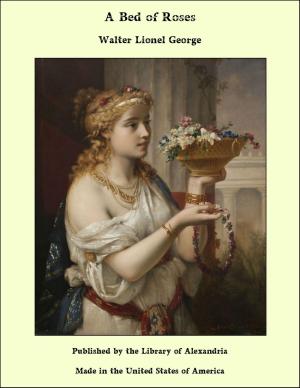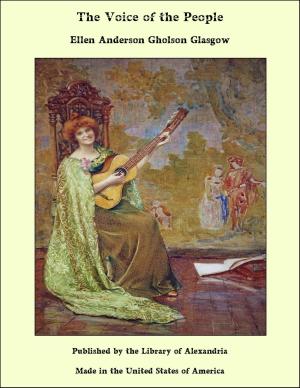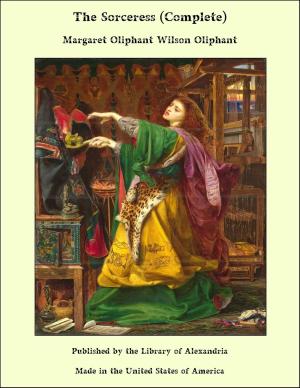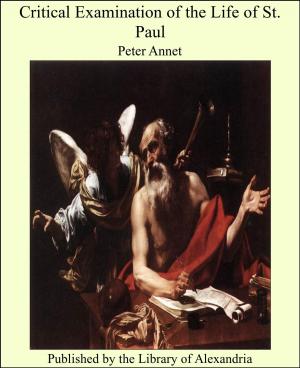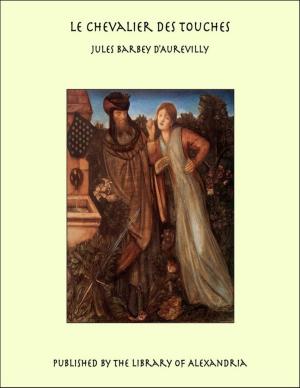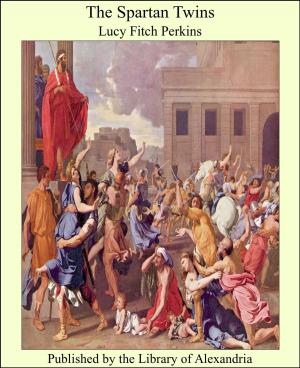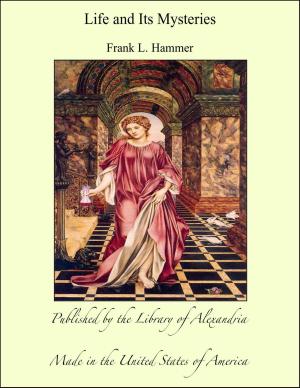The Pope, the Kings and the People: A History of the Movement to Make the Pope Governor of the World by a Universal Reconstruction of Society from the Issue of the Syllabus to the Close of the Vatican Council
Nonfiction, Religion & Spirituality, New Age, History, Fiction & Literature| Author: | William Arthur | ISBN: | 9781465615152 |
| Publisher: | Library of Alexandria | Publication: | March 8, 2015 |
| Imprint: | Language: | English |
| Author: | William Arthur |
| ISBN: | 9781465615152 |
| Publisher: | Library of Alexandria |
| Publication: | March 8, 2015 |
| Imprint: | |
| Language: | English |
On December 6, 1864, Pope Pius IX held in the Vatican a memorable meeting of the Congregation of Rites. That body consists of some eighteen or twenty cardinals, with a few prelates and a number of consulters. It holds a prominent place among the congregations, or boards as they would be called at our Court, which, taken collectively, may be said to constitute the Roman Curia. It determines not only questions touching the canonization of saints, and the patron saints of towns and countries, but also questions touching relics, rubrics, and the title of sacred images to worship. The all-important matters of robes, adornments, and precedence, are said by different authorities to be regulated by it, and by the smaller Congregation of Ceremonies. The pontifical masters of the ceremonies have a seat at both boards. The day in question fell within three months after the signing of the convention of September, by which the new kingdom of Italy had succeeded in binding Napoleon III to withdraw his troops from the Papal States, at the close of 1866. It was, therefore, at a moment when thoughts were forcibly directed to the contingencies which might arise to the Papacy should it be left alone with Italians. It was, moreover, only two days before the occurrence of an incident which has already grown into an event, and was designed to mark a new era in society at large. To that era the proceedings of the six years which we are about to trace were to form the introductory stage, up to a grand inauguration both legislative and ceremonial. We have no information as to the business for which the meeting we speak of had been convened. It was, however, opened as usual by the reading of a prayer. After the prayer, the Pontiff commanded all who were not members of the Sacred College to withdraw, and leave him alone with the Cardinals. The excluded dignitaries interchanged conjectures as to what might be the cause of this unusual proceeding, and hoped that on their readmission they should be informed. But the Pope did not condescend to their curiosity; they found that the Congregation only went on with the regular business, and when events cleared up the doubt it proved that not one of them had guessed the truth. In the short but eventful interval, Pius IX had formally communicated to the Cardinals his own persuasion, long cherished, and now quickened to the point of irrepressible action, that the remedy for the evils of the time would be found only in a General Council. He commanded them to study the expediency of convoking one, and to send to him in writing their opinions upon that question.
On December 6, 1864, Pope Pius IX held in the Vatican a memorable meeting of the Congregation of Rites. That body consists of some eighteen or twenty cardinals, with a few prelates and a number of consulters. It holds a prominent place among the congregations, or boards as they would be called at our Court, which, taken collectively, may be said to constitute the Roman Curia. It determines not only questions touching the canonization of saints, and the patron saints of towns and countries, but also questions touching relics, rubrics, and the title of sacred images to worship. The all-important matters of robes, adornments, and precedence, are said by different authorities to be regulated by it, and by the smaller Congregation of Ceremonies. The pontifical masters of the ceremonies have a seat at both boards. The day in question fell within three months after the signing of the convention of September, by which the new kingdom of Italy had succeeded in binding Napoleon III to withdraw his troops from the Papal States, at the close of 1866. It was, therefore, at a moment when thoughts were forcibly directed to the contingencies which might arise to the Papacy should it be left alone with Italians. It was, moreover, only two days before the occurrence of an incident which has already grown into an event, and was designed to mark a new era in society at large. To that era the proceedings of the six years which we are about to trace were to form the introductory stage, up to a grand inauguration both legislative and ceremonial. We have no information as to the business for which the meeting we speak of had been convened. It was, however, opened as usual by the reading of a prayer. After the prayer, the Pontiff commanded all who were not members of the Sacred College to withdraw, and leave him alone with the Cardinals. The excluded dignitaries interchanged conjectures as to what might be the cause of this unusual proceeding, and hoped that on their readmission they should be informed. But the Pope did not condescend to their curiosity; they found that the Congregation only went on with the regular business, and when events cleared up the doubt it proved that not one of them had guessed the truth. In the short but eventful interval, Pius IX had formally communicated to the Cardinals his own persuasion, long cherished, and now quickened to the point of irrepressible action, that the remedy for the evils of the time would be found only in a General Council. He commanded them to study the expediency of convoking one, and to send to him in writing their opinions upon that question.
